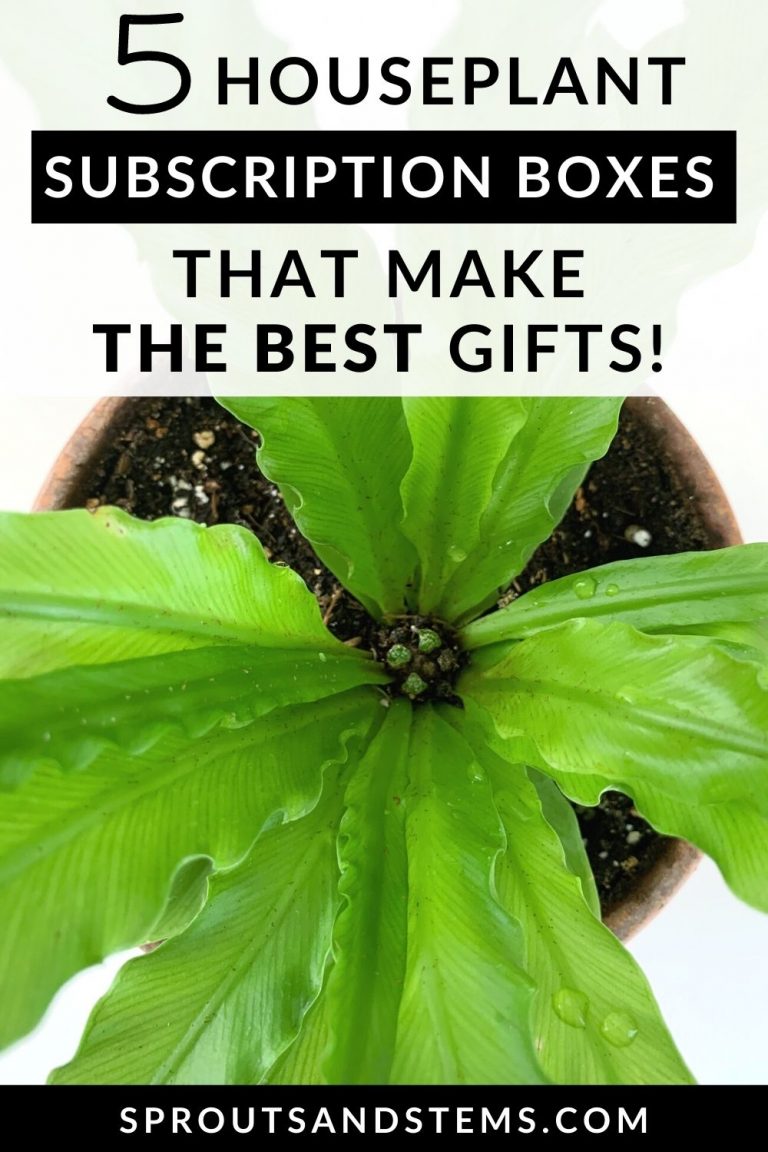How to Choose the Best Houseplants for Indoor Blooming: Data-Driven Guide
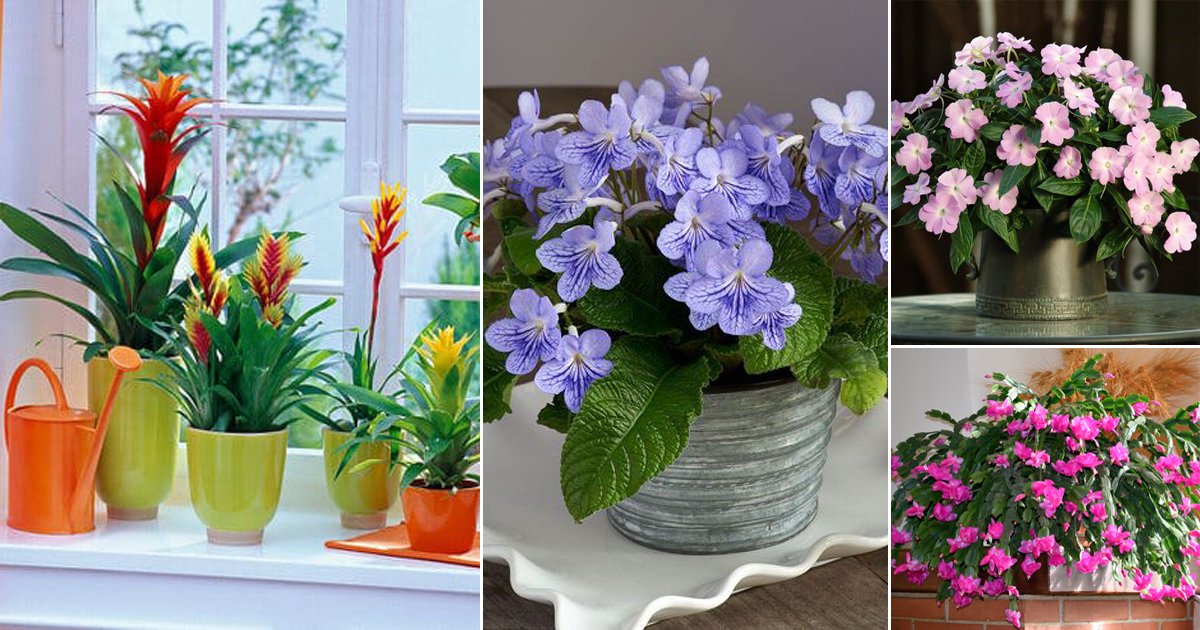
Let’s break free from the “easy houseplants for blooms” echo chamber for a moment. The usual advice—pick plants to match your lighting, don’t overwater, start with a peace lily—sounds safe, but it rarely delivers that windowsill wow-factor people crave. In fact, following these paint-by-numbers recommendations is exactly why so many new plant parents end up with generic greenery and a nagging sense of disappointment when those “indoor bloomers” stubbornly refuse to flower.
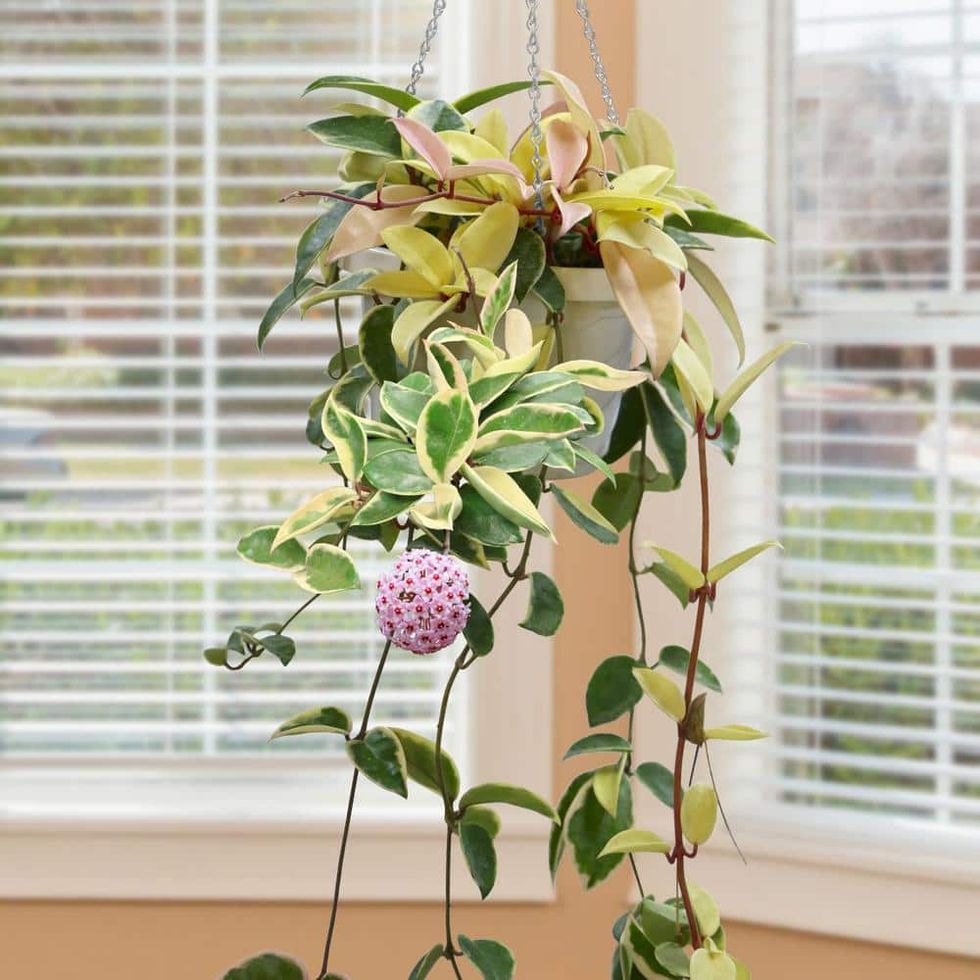
Here’s a hard truth most gardening blogs gloss over: not all “flowering houseplants” are built for ordinary home conditions—even if the tag says so. Most guidebooks treat your home like a greenhouse with perfect airflow and consistent humidity, and they never mention how crucial your own habits (or laziness!) are to the equation. Over years of experimenting—and killing more African violets than I care to admit—I’ve learned that real success comes from flipping generic wisdom on its head.
Let me show you how.
Why “Match Lighting” Is Barely Half the Equation
Everyone insists you must “assess your light,” but this advice ignores two things:
- Home light changes drastically through the year—what looks like bright indirect in May becomes cave-dark in November.
- Many popular blooming plants need more than just “light”—they need periodic rest or even deliberate stress to trigger flowering.
For example: I once placed a kalanchoe directly under an east-facing window as advised. Three months later? Not a single bud. It wasn’t until I tried what every guide warned against—letting it dry out completely and giving it a chilly night by the drafty window—that it suddenly burst into neon blooms mid-winter. Sometimes, withholding comfort is what prods plants into performance!
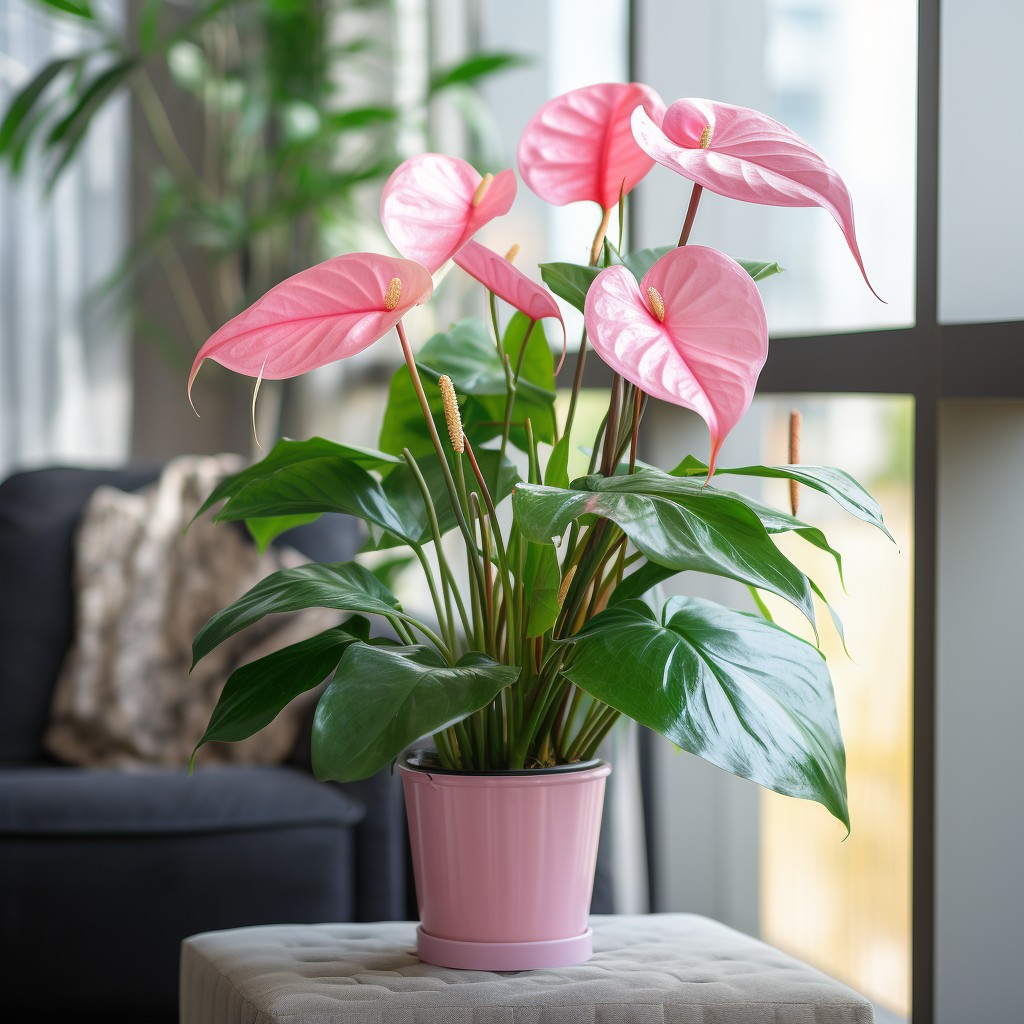
Ignore “Beginner Friendly” Labels—Pick For Personality Instead
The world doesn’t need another list suggesting peace lilies and African violets for beginners. You know what’s easier? Choosing blooming plants that thrive on neglect because their natural cycles suit your inconsistency—not guilt-tripping yourself into weekly check-ins.
- Hardcore Forgetters: Instead of babying orchids or fussing with violets, try desert rose (Adenium). It actually requires droughts between waterings. When I left mine alone during a two-week trip in July 2020, it greeted me with more flowers than ever—a plant that punishes overzealous care.
- Chronic Waterers: Give yourself permission to experiment with something dramatic like clivia. Yes, it enjoys regular moisture—but only if you let it go bone-dry every winter for six weeks (just when you’re tempted to water most). The forced dormancy triggers spectacular spring blooms.
- Thrill Seekers: Some indoor gardeners (maybe this is you?) want that Instagrammable payoff—the impossible flower in an improbable place. Don’t settle for supermarket orchids; push boundaries with lipstick plant (Aeschynanthus) suspended in hanging baskets away from drafts.
The Real Cost Of Flower Power
Few talk about this: Most reliable indoor bloomers need annual investment in fresh soil or targeted fertilizer blends—not just tap water and sunlight.
Here’s my annual breakdown:
- Specialized orchid bark mix: $12/bag (good for three repots)
- Cactus potting mix or bonsai grit: $8–$15
- High-phosphorus bloom booster fertilizer: ~$7 per bottle
- Humidity trays/misters: $5–$20 each depending on size
Trying to save by “just using leftover potting soil”? I did that in 2019 with my prized bromeliad; within months the leaves browned at the tips and the flower spike faded fast—a $25 lesson in false economy!
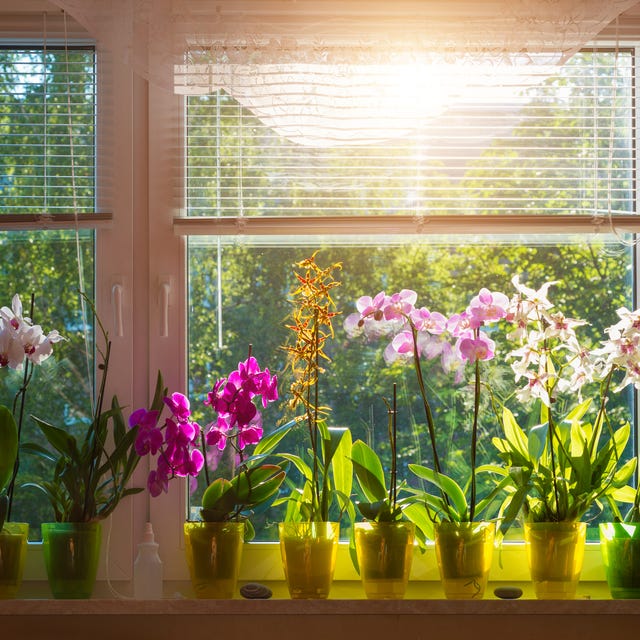
The Value of Failure: What My Flops Taught Me
When my first indoor rose bush dropped all its leaves within weeks (a disaster I blamed on poor air circulation and ill-timed watering), I almost gave up on indoor flowering altogether. But here’s what changed everything: instead of looking for foolproof plants, I started tracking which ones failed least often for me, in my space and with my effort level. That meant giving up on roses indoors—but discovering unexpected wins like stephanotis vine (which perfumed my entire hallway during lockdown after surviving months of neglect).
So before you buy anything new:
- Make a list of every plant you’ve killed—and why.
- Rank survivors by how little special treatment they really needed.
- Use this as your cheat sheet—not someone else’s top five list.
Beyond Labels—Why Plant Dialogues Matter More Than Guides
I never really progressed as an indoor gardener until I started exchanging stories with others who’d actually kept things alive inside apartments like mine (think leaky radiators and unpredictable heat). Here’s an actual text thread from last fall:
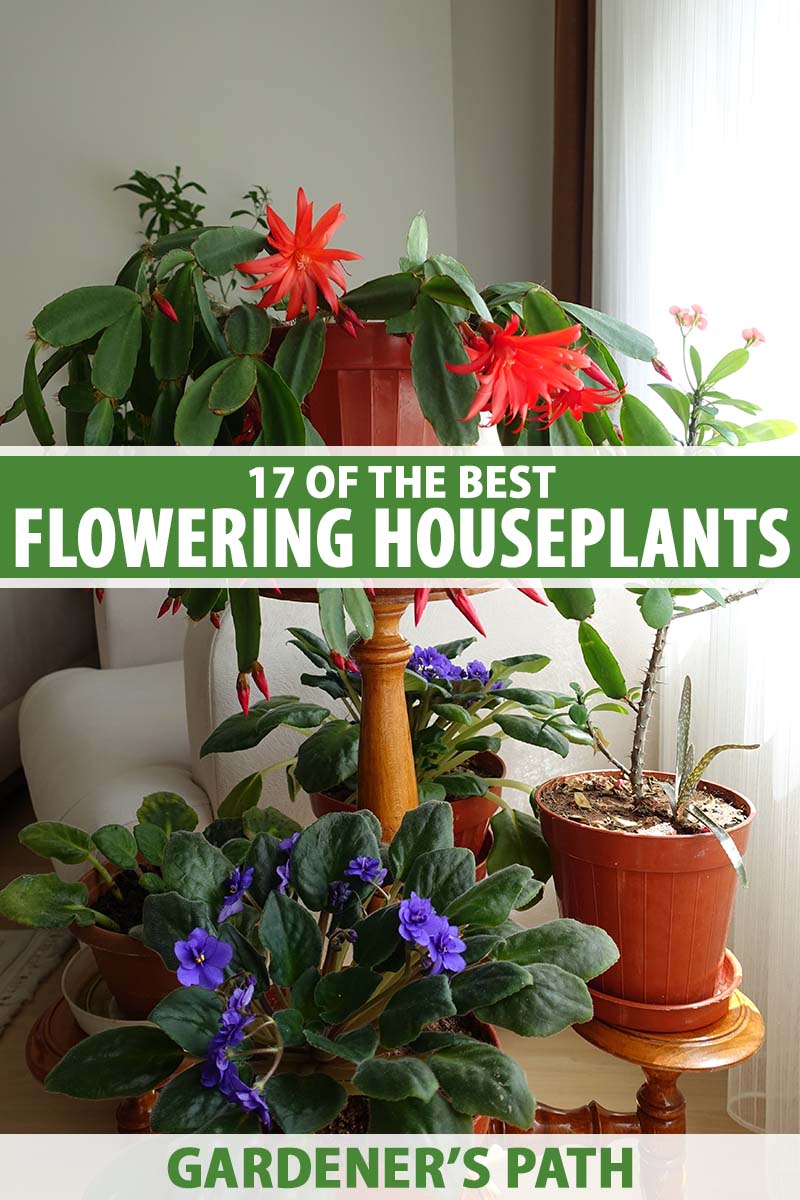
Me: “My peace lily throws tantrums every week, but won’t set one flower spike.”
Friend: “Run it under lukewarm water until soaked, then stick it three feet back from ANY window.”
Me: [Skeptical]
Two months later: My first-ever bloom appeared—and lasted six weeks.
Choosing plants based solely on guides would have kept me stuck at square one; asking real people about their weirdest hacks finally got results.
If You Want Reliable Blooms Indoors... Be A Rule Breaker
Forget everything about gentle misting or always keeping soil moist unless you’re genuinely committed to daily routines—or get creative:
- Cycle day/night temperatures by opening windows after dark in spring/fall—it mimics outdoor cues many flowering plants rely on.
- Withhold water intentionally every few months; some species reward neglect with sudden floral displays.
- Move pots unexpectedly (yes!): Rotating positions seasonally can shock reluctant bloomers into action.
- Experiment ruthlessly—embrace losing a few along the way as tuition paid for learning what works in your living room.
In short:
Don’t let one-size-fits-all advice dictate your blooming ambitions indoors. Instead:
- Choose personality matches over popularity contests.
- Prioritize plants proven by trial-and-error survivors—not just reviews or shelf tags.
- Budget realistically—for both failures and future upgrades.
- Learn from real conversations; book knowledge has limits.
- Treat mistakes as milestones toward building your own authentic indoor oasis—not as reasons to retreat back to plain old foliage-only pots.
You might be surprised which wild card ends up being your home’s runaway star—the neglected orchid shoved behind bookshelves, or the draught-exposed cactus suddenly crowned with flowers after months of monotony.
Your unique approach—and willingness to defy conventional wisdom—is exactly what will fill your space with color others only dream about!



